Dinosaur classification has become a hot topic in recent years as advanced technologies and methods enable paleontologists to examine fossils in unprecedented detail. With each new finding, it seems another dinosaur is reclassified, merged with an existing species, or split into multiple new ones. This has led many to question: Are scientists too hasty in their taxonomic decisions? The reclassification process impacts not only our scientific understanding but also how dinosaurs are portrayed in museums, books, and popular media. This article explores the complex world of dinosaur taxonomy, the challenges scientists face, and whether the pace of reclassification is justified or problematic.
The History of Dinosaur Classification
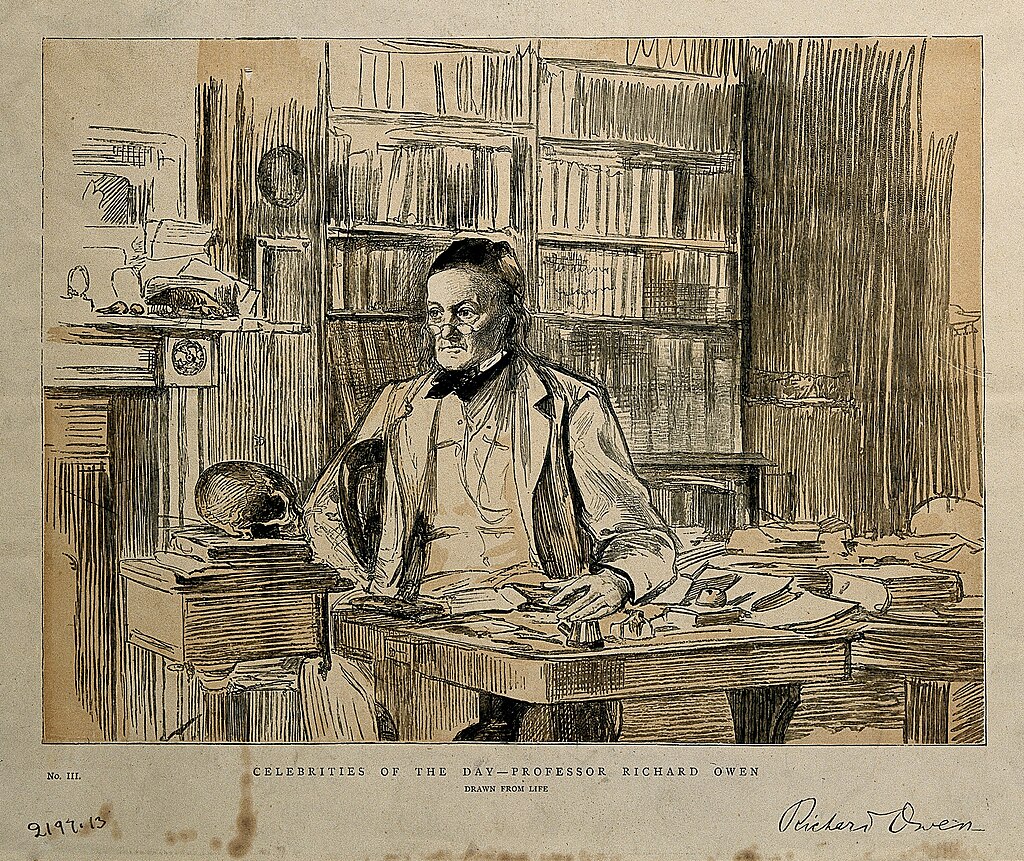
Dinosaur classification began in the 19th century when fossils were first recognized as belonging to extinct reptiles rather than dragons or other mythical creatures. Sir Richard Owen coined the term “Dinosauria” in 1842, establishing these creatures as a distinct group of animals. Early classifications were based primarily on skeletal similarities and differences visible to the naked eye, often leading to misidentifications and confused taxonomies. The “Bone Wars” of the late 1800s between paleontologists Othniel Charles Marsh and Edward Drinker Cope resulted in a frenzied naming of new species, many of which were later found to be duplicates or misclassified. This historical context is crucial for understanding why modern scientists are still sorting through and correcting these early taxonomic decisions, creating what appears to be a constant state of reclassification.
Modern Technologies Changing the Classification Game

The advent of advanced technologies has revolutionized how paleontologists study fossils and determine species classifications. CT scanning allows scientists to examine internal structures without damaging specimens. Microscopic analysis of bone tissue (histology) reveals growth patterns and physiological characteristics invisible to previous generations of researchers. DNA analysis, though limited to very recent fossils, has provided insights into evolutionary relationships that were previously unknowable. Computer modeling and phylogenetic analysis software can process vast amounts of anatomical data to suggest evolutionary relationships more accurately than ever before. These technological advances mean that scientists can now detect subtle differences between specimens that were impossible to identify even a few decades ago, naturally leading to more refined and sometimes completely revised classifications.
The Problem of Fragmentary Fossils
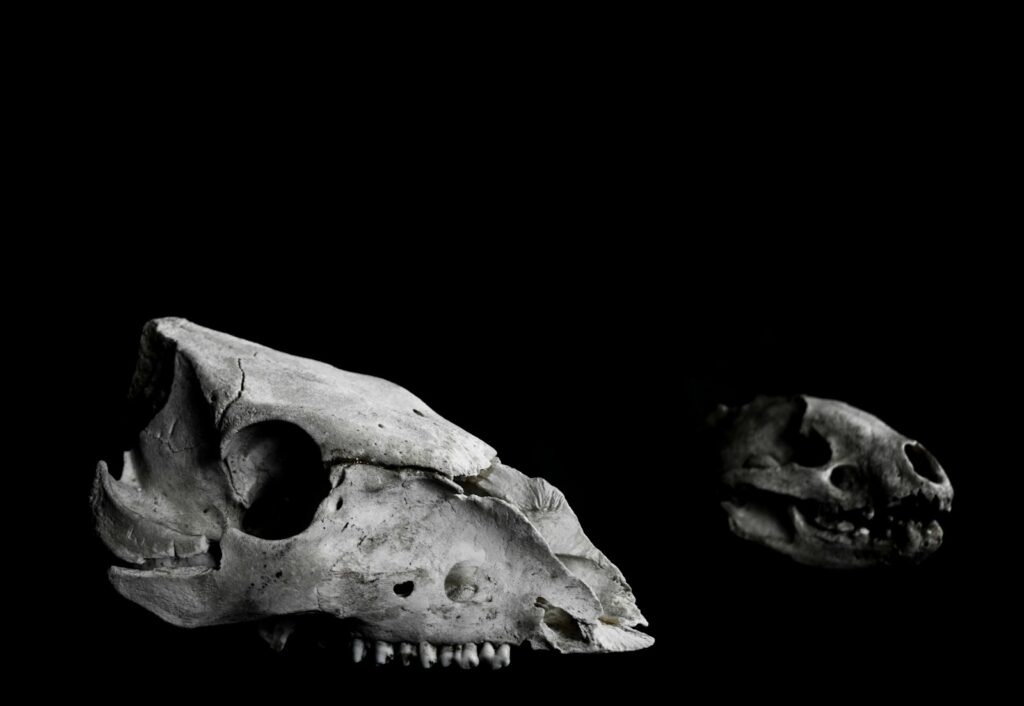
One of the greatest challenges in dinosaur classification is that paleontologists rarely find complete skeletons. Most species are known from partial remains – perhaps a jawbone, a few vertebrae, or a limb fragment. These incomplete specimens make definitive classification extremely difficult and prone to revision when more complete specimens are discovered. Historically, many species were named based on single bones or teeth, which later turned out to be insufficient for proper identification. When a more complete specimen is found years or decades later, scientists may determine that what was thought to be a new species is actually an already-known dinosaur, necessitating reclassification. Conversely, a specimen initially grouped with an existing species might reveal enough differences when more material is discovered to warrant classification as a separate species. This ongoing challenge of fragmentary evidence means that revisions are not just common but scientifically necessary.
Growth Stages and Sexual Dimorphism

Dinosaurs, like many modern animals, underwent substantial physical changes as they matured. Juvenile dinosaurs often looked remarkably different from adults of the same species, with different proportions, features, and sometimes even different structures entirely. Historically, juveniles and adults of the same species have frequently been classified as separate species until more evidence revealed their true relationship. Sexual dimorphism further complicates classification, as males and females of the same species sometimes have different physical characteristics, such as crests, horns, or size variations. The famous Tyrannosaurus rex debate about whether “robust” and “gracile” specimens represent sexual dimorphism or separate species illustrates this challenge. These biological realities mean that even with good fossil evidence, scientists may need to revise classifications when they recognize that supposed different species actually represent different ages or sexes of the same dinosaur.
The “Lumpers” versus “Splitters” Debate
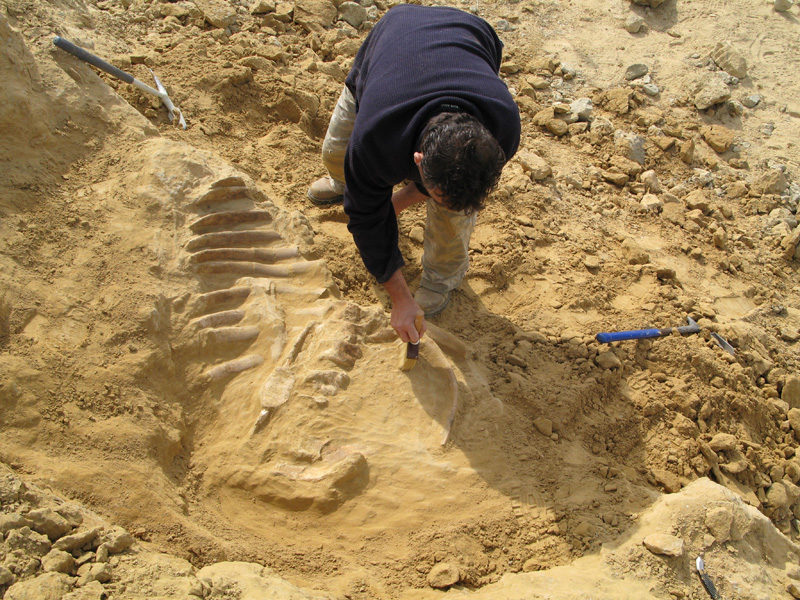
Within paleontology, there exists a fundamental philosophical divide between “lumpers” and “splitters” that significantly influences classification decisions. Lumpers tend to be conservative in naming new species, preferring to attribute variations to individual differences within a species or factors like age, sex, or geographic variation. Splitters, by contrast, are more likely to identify new species based on observable differences, emphasizing the uniqueness of each specimen. This philosophical difference has led to ongoing debates about whether certain dinosaurs represent one variable species or several distinct species. The pendulum of scientific consensus has swung between these approaches several times throughout paleontological history. Currently, many argue that DNA studies of modern animals have shown greater species diversity than previously recognized, lending support to the splitter approach, though this remains contentious in paleontology, where genetic evidence is largely unavailable.
The Pressure to Discover New Species
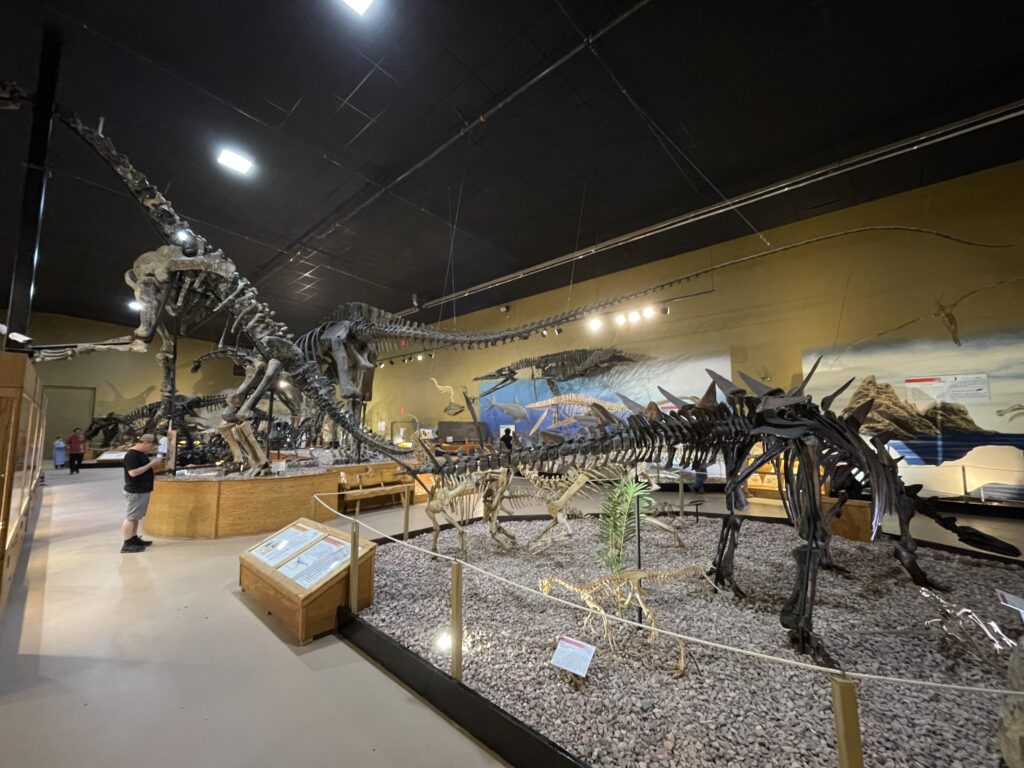
Professional incentives in science can sometimes influence classification decisions in subtle ways. Discovering and naming a new species brings prestige, publication opportunities, and career advancement for paleontologists. Museums and research institutions gain attention and funding when announcing new species discoveries. Media coverage of paleontology heavily favors new species announcements over reclassification of known species, creating an environment where novel findings receive disproportionate attention. These pressures may unconsciously bias some researchers toward interpreting variations as new species rather than variants of known dinosaurs. However, most professional paleontologists are aware of these biases and strive to maintain scientific objectivity through peer review and rigorous methodology. Still, the human element cannot be entirely removed from the scientific process, and these institutional and professional pressures remain a factor in classification decisions.
Case Study: Brontosaurus Returns
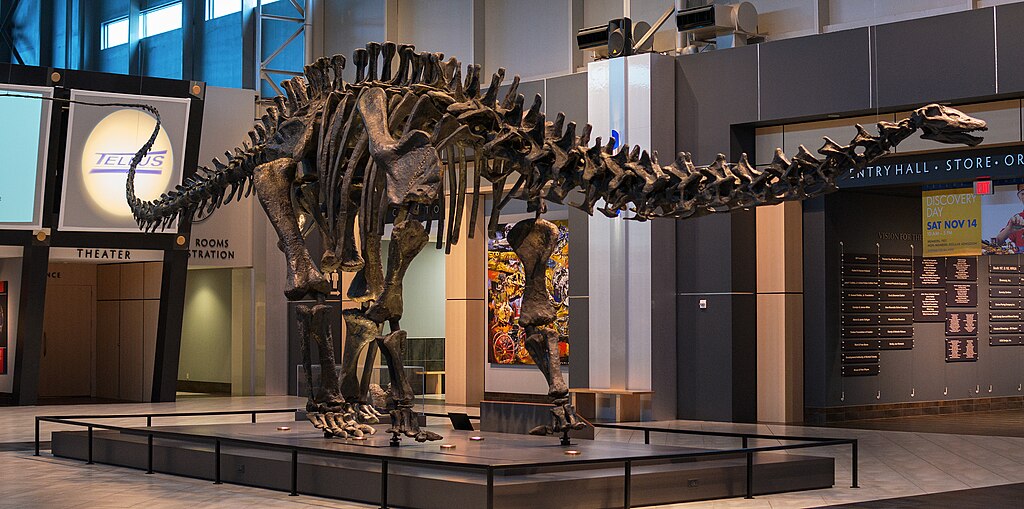
The story of Brontosaurus exemplifies how reclassification works in paleontology. Originally named in 1879 by O.C. Marsh, Brontosaurus was later deemed in 1903 to be the same as the previously discovered Apatosaurus, and the name Brontosaurus was officially abandoned according to taxonomic rules of priority. For over a century, scientists corrected anyone who used the term “Brontosaurus,” insisting that “Apatosaurus” was the proper name. However, in 2015, an extensive statistical analysis of numerous specimens revealed enough distinct anatomical differences to justify resurrecting Brontosaurus as a separate genus. This case demonstrates both the scientific rigor involved in reclassification and how classifications can change in both directions—species can be merged or split apart as evidence warrants. The Brontosaurus story shows that reclassification is not arbitrary but follows evidence, even when that evidence leads to reversing previous scientific consensus.
The Impact of Reclassification on Public Understanding
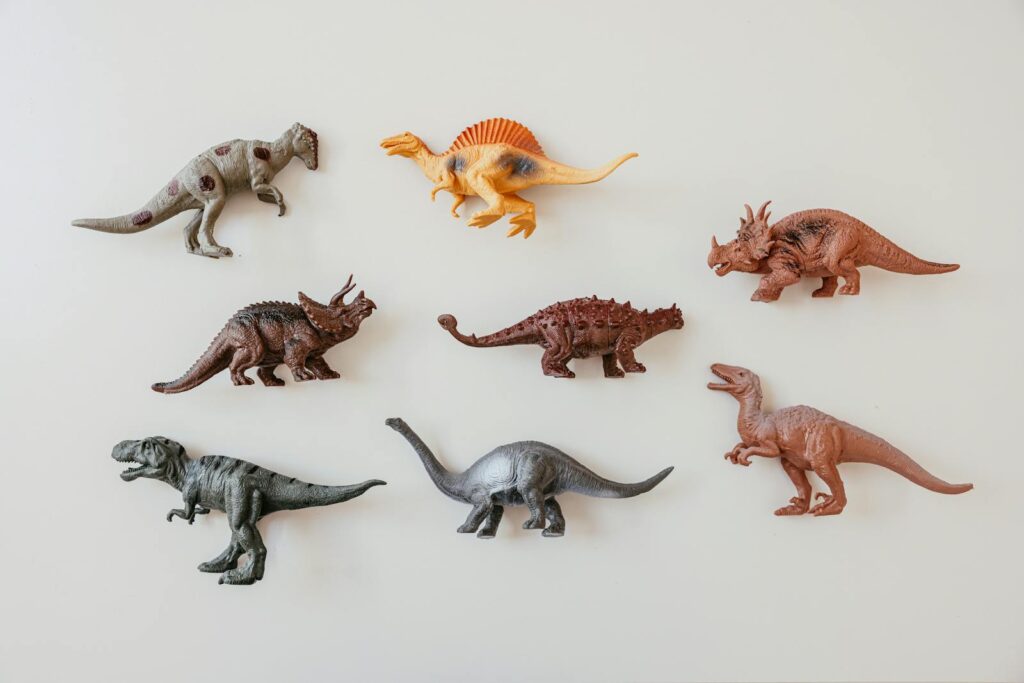
Frequent reclassifications of dinosaur species can create confusion and skepticism among the general public. Many people grew up learning about certain dinosaurs, only to discover years later that these dinosaurs have been renamed, reclassified, or no longer exist as valid species. This can lead to the perception that paleontologists don’t know what they’re doing or that science is constantly changing its mind without good reason. Museums face particular challenges when updating exhibits to reflect taxonomic revisions, as these changes require significant expense and may confuse returning visitors. Educational materials become outdated quickly, creating difficulties for teachers trying to present accurate information. These public understanding challenges represent a real cost of reclassification that scientists must weigh against the benefits of taxonomic precision. Effective science communication becomes crucial in helping the public understand that revisions represent scientific progress rather than indecision.
Scientific Standards for Reclassification

Contrary to some perceptions, dinosaur reclassification follows strict scientific protocols and standards. Before a new classification can be accepted, researchers must publish detailed descriptions and analyses in peer-reviewed journals where other experts evaluate their evidence and reasoning. Comparative studies must demonstrate meaningful differences or similarities between specimens that justify classification changes. Statistical analyses are increasingly used to determine whether variations fall within expected ranges for a single species or indicate separate species. The International Commission on Zoological Nomenclature provides rules governing how organisms should be named and classified, helping to standardize the process. While these rigorous standards don’t eliminate all controversies, they do ensure that reclassifications aren’t done capriciously but represent the scientific consensus based on available evidence. Understanding these standards helps contextualize the frequency of reclassification as part of normal scientific procedure rather than arbitrary decision-making.
Geographic Variation and Isolated Populations
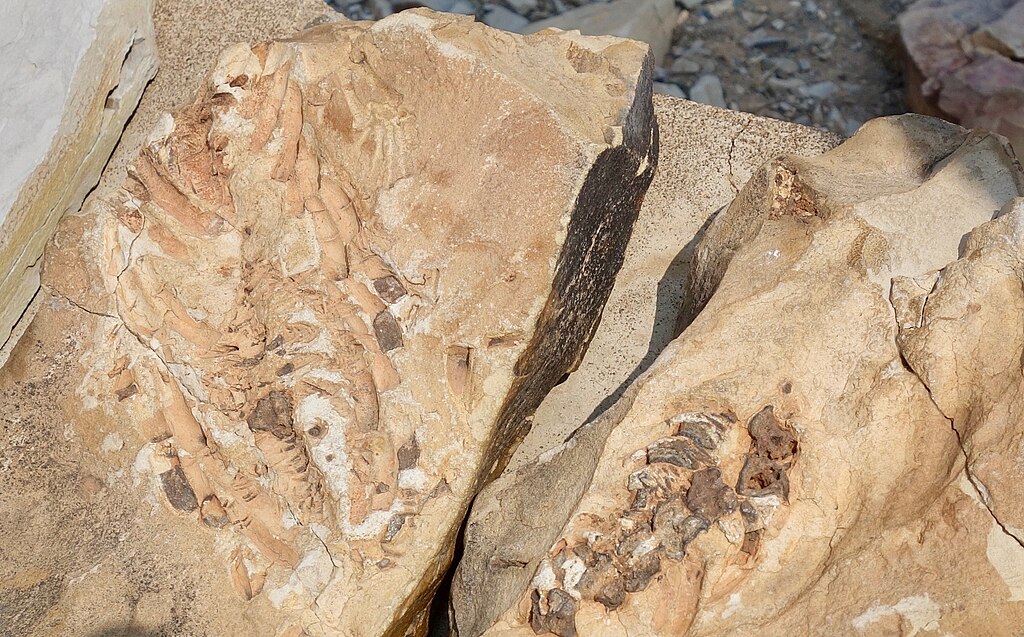
Dinosaurs lived across the globe for over 165 million years, creating opportunities for geographic isolation and regional variation within species. Modern animal species often show substantial regional variations while remaining the same species—consider the size and color differences in white-tailed deer across North America. Similarly, dinosaurs likely had regional variants that can be difficult to classify definitively as separate species or subspecies. As fossils are discovered from different regions, paleontologists must determine whether differences represent new species or geographic variations of known species. The discovery of Asian and North American versions of dinosaurs previously known from only one continent has repeatedly raised such questions. Continental drift and changing environments over millions of years created isolation that could lead to speciation or simply regional adaptation. These geographic complications add necessary nuance to classification decisions that may appear from the outside as taxonomic indecision.
Evolutionary Changes Over Time

The vast time spans over which dinosaur species existed create another classification challenge that necessitates periodic revisions. Some dinosaur “species” were originally defined using specimens from rock formations spanning millions of years. More precise dating methods now allow paleontologists to recognize that specimens previously grouped together may represent different points in an evolutionary continuum rather than a single species. This chronospecies concept—where one species gradually evolves into another—creates genuine classification difficulties, as nature doesn’t provide clear dividing lines between ancestral and descendant species. The Triceratops-Torosaurus debate exemplifies this issue, with some arguing these represent different growth stages of one species while others see them as separate but closely related species. Time-related variation adds a fourth dimension to classification problems that isn’t easily resolved and may require continual refinement as dating methods improve, legitimately driving reclassification efforts.
The Future of Dinosaur Classification

Emerging technologies promise to further refine—and potentially disrupt—dinosaur classification in the coming decades. Advanced scanning technologies continue to improve, allowing non-destructive examination of internal structures at ever-finer resolutions. Biomolecular preservation studies may eventually recover proteins or other organic compounds from fossils that could clarify evolutionary relationships, though such findings remain controversial. Machine learning and artificial intelligence approaches are beginning to help identify patterns in vast datasets of anatomical features that human researchers might miss. International digital repositories of 3D fossil scans are making comparative studies easier than ever before, allowing more comprehensive analyses. These technological advances suggest that reclassification will continue and perhaps accelerate as more evidence becomes available. However, they may eventually lead to a more stable taxonomy as classifications become based on more complete evidence sets analyzed with more sophisticated tools, potentially resolving many current taxonomic controversies.
Finding Balance in Classification Approaches
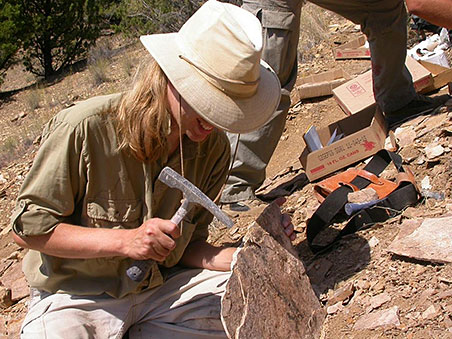
The question of whether scientists are too quick to reclassify dinosaurs ultimately requires nuanced consideration of competing scientific values. Accuracy and precision in classification must be balanced against stability and usability of the taxonomic system. Some paleontologists advocate for more conservative approaches to classification changes, suggesting higher thresholds of evidence before reclassifying well-established species. Others emphasize that scientific accuracy must take precedence over stability, arguing that outdated classifications impede research progress. A middle path may lie in more clearly communicating classification confidence levels, acknowledging when species designations are tentative versus well-established. Greater transparency about the evidence supporting classification decisions could help both scientists and the public understand when and why revisions occur. Ultimately, the pace of reclassification reflects the tension between our growing knowledge and the inherent limitations of studying creatures that disappeared millions of years ago, leaving only partial traces of their existence.
Conclusion

Dinosaur reclassification represents neither scientific carelessness nor unnecessary revision, but rather the natural progression of knowledge in a challenging field. The fragmentary nature of the fossil record, the vast time spans involved, and the continuous development of new analytical tools ensure that our understanding of dinosaur species will continue to evolve. While the frequency of taxonomic changes may sometimes frustrate both the public and researchers, these revisions ultimately reflect science working as it should—self-correcting, evidence-based, and ever-improving. Rather than viewing reclassification as a problem, we might better appreciate it as evidence of a vibrant scientific field making remarkable progress in understanding creatures that vanished from Earth 66 million years ago. The dinosaurs themselves aren’t changing—only our increasingly sophisticated understanding of them.



